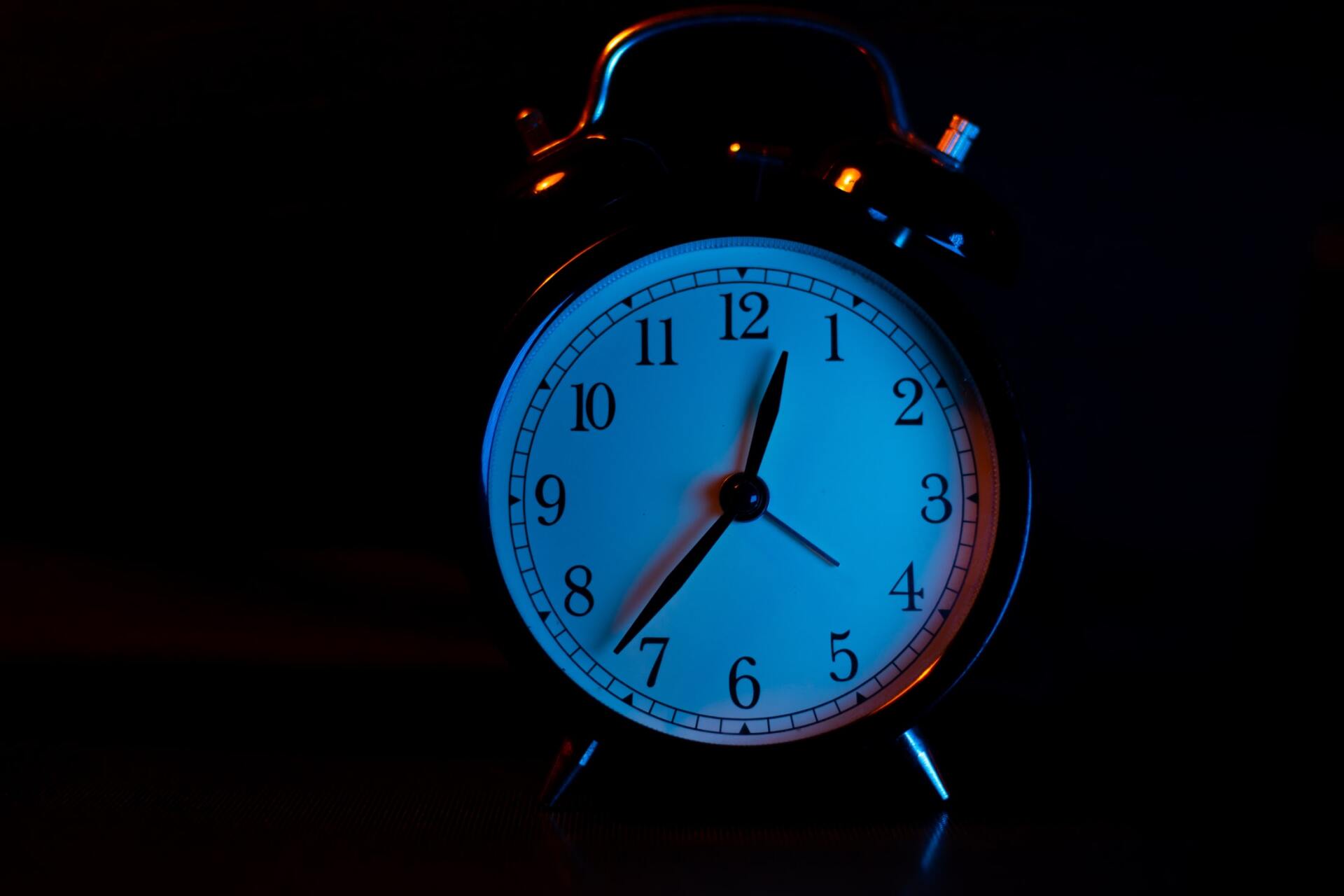Blog
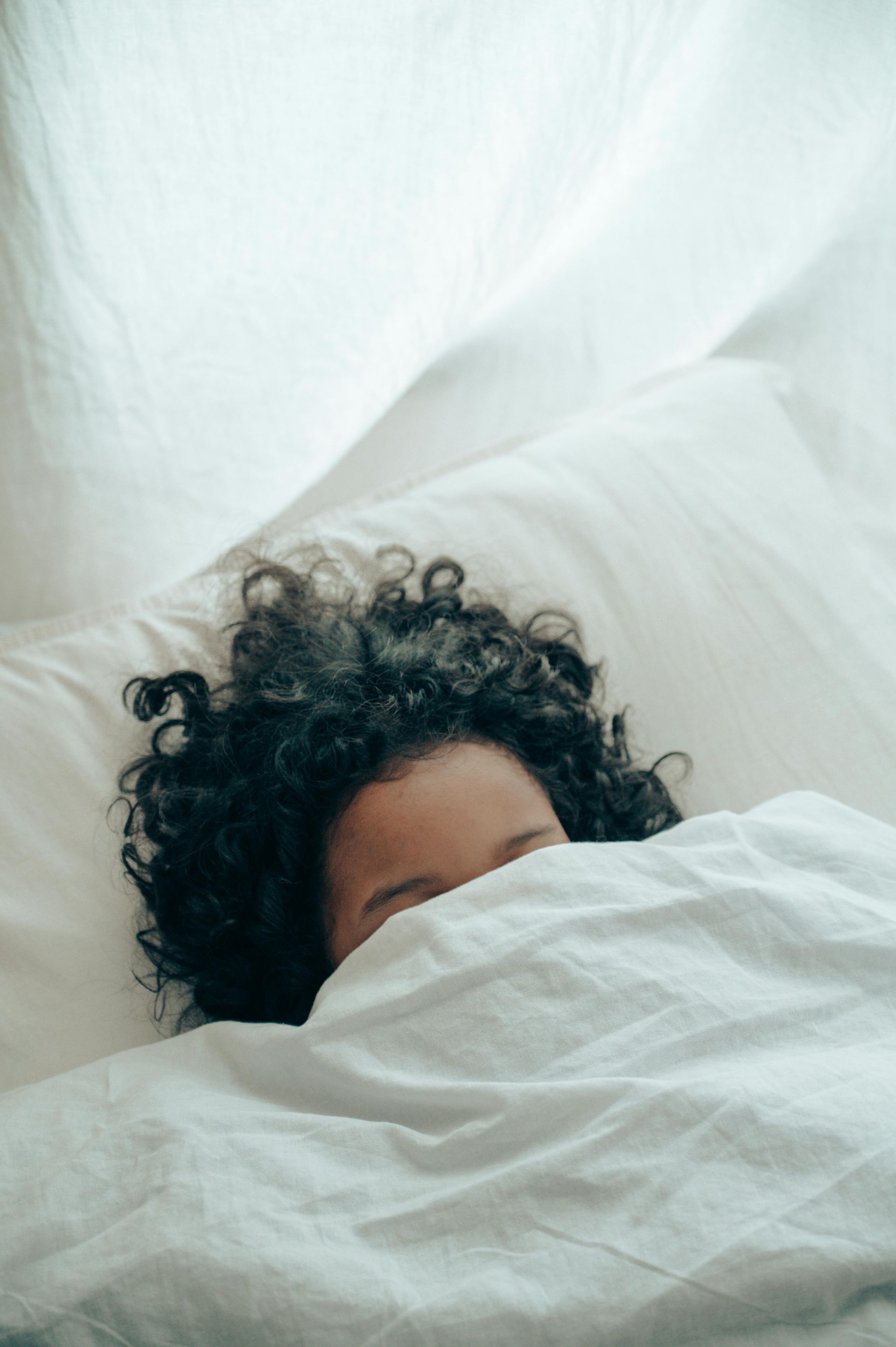
Why do I wake up still feeling tired? When we give ourselves ample opportunity to sleep and we don’t remember being awake overnight, it can be really frustrating to then wake up feeling as though we’ve not slept or at least that we’re not refreshed by that sleep. But why does that happen? This blog is all about the many reasons why we may not be getting restorative sleep.
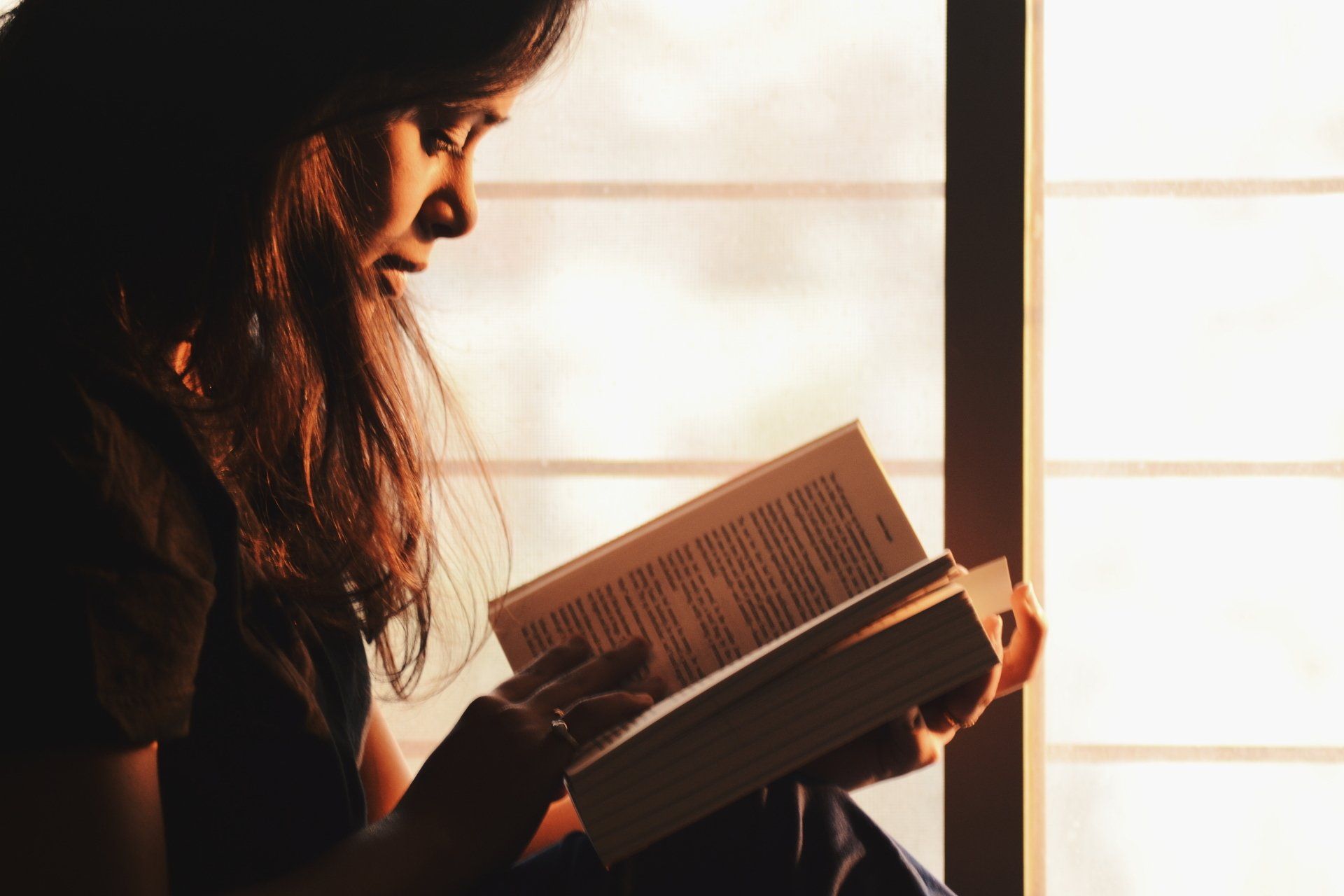
Reading is an amazing way of escaping from your own reality. When we become absorbed in a story that is not our own, whether that be via a book or a movie, we put aside our own moods, worries and emotions. The more empathic we are, the more we are able to put ourselves into the shoes of the characters and let go of our own personal narrative. The benefits of doing this before settling down to sleep, especially for us highly-sensitive empaths, are immense. The ease by which we can fall asleep, the depth of that sleep and its length are all governed by how "safe" our brains feel at the time. If we are stressed, currently going though an emotional or practical upheaval, or are generally finding it difficult to switch off from the day, then our brain is going to want to keep us awake in order to continue its processing. Annoying as it is, this is simply your subconscious' way of sifting through data, resolving problems and (hopefully!) finding solutions. While nothing will ever truly be a better option than dealing with whatever is stressing you out in daylight hours, it would be ridiculous to think that there will never be a time that you go to bed with something on your mind, and this is especially true for highly sensitive, empathic individuals. Reading a book (even for a short space of time) can offer you the distraction that you need to put this issue to one-side and drift off. There are however some rules to remember when it comes to pre-sleep reading, particularly with regards to the content of what you read... 1) The topic should be interesting enough to capture your attention and stop you thinking about your worries. A text book may work, but only if you can actually concentrate on what you are reading without your brain wandering off on a tangent. 2) Reading about something you find emotionally disturbing (murder, rape, child abuse etc) will raise your blood pressure and heart rate, both of which are detrimental to sleeping well. 3) Reading a thrilling page-turner may lead you to still being awake at 2am because you just want to finish the next chapter, and the next, and the next (you get the idea!). 4) Picking a favourite book that you've already read can be a great idea - it will give you all the feels and distraction, without the need to continually page-turn as you already know what's coming. 5) If you find reading difficult because you are sight-impaired, dyslexic or have another form of reading difficulty, or simply because reading reminds you of an academic past you would rather forget, listen to an audiobook instead. You're still getting all of the sleep advantages of reading, but without the discomfort. 6) Never read anything related to your work just before bed. Reading should be about distancing yourself from stress, not inviting it in. 7) Be aware that reading on an electronic device means subjecting yourself to additional cues that now is not the right time for sleep (i.e. blue light exposure). Kindles don't smell or feel as good as a proper book either! If you are finding it difficult to fall asleep and would like some further help in the form of some sleep coaching sessions, please click on the button below and I will get back to you as soon as possible.

“Caffeine is the most widely used (and abused) psychoactive stimulant in the world.” (Walker, Why We Sleep, 2017) Introduction 80% of the world’s population consume caffeine in one form or another and coffee is the second most traded substance in the world, second only to oil. Our love affair with caffeine stretches around the globe and has done for centuries. Most people will have a basic understanding that caffeine has a negative effect on sleep, but this blog post has been written to better inform readers about how caffeine works and to try to help individuals reassess their current “need” for caffeine. Before I begin I would just like to clarify that I am not judging anyone for their use of caffeine. This blog post is not an attempt to guilt you into giving up something that you enjoy. What it is asking you to do is to reassess your current use and the reasons why you use caffeine. If you actually “need” caffeine to get you through the day then you should probably come clean and admit to yourself why. Mostly people use caffeine to bolster low energy levels and they have low energy levels because they have not slept well enough or for long enough the night before. If this is the case for you then I would recommend that you sort out your sleep issues first rather than simply papering over the cracks with another cup of coffee. What is caffeine? Caffeine is a psychoactive drug classified as a stimulant because it speeds up the central nervous system and increases neural activity in the brain. Other psychoactive stimulant drugs include amphetamine (speed), cocaine and nicotine. Caffeine is a naturally occurring chemical present in cocoa, coffee, cola and most teas. Below I have listed the most common foods and drinks that contain caffeine and their caffeine content. For the sake of easy comparison, I have adjusted them so that they are all per 100ml or 100gm. However, please remember that we do not always consume 100ml/gm of a product and therefore the amount of caffeine you are ingesting will vary depending on the size of the mug/chocolate bar/can etc. For example, a Starbucks Grande coffee is nearly half a litre (473ml) and contains 330mg of caffeine! Interesting Fact Plants use caffeine as a natural pesticide as it is highly toxic to most insects. It is also worth noting that the caffeine content of tea and coffee will vary greatly depending on how long you leave the drink to brew. In the table below, the tea was left to brew for one minute. If you prefer a stronger cup, the amount of caffeine in that drink will be higher.
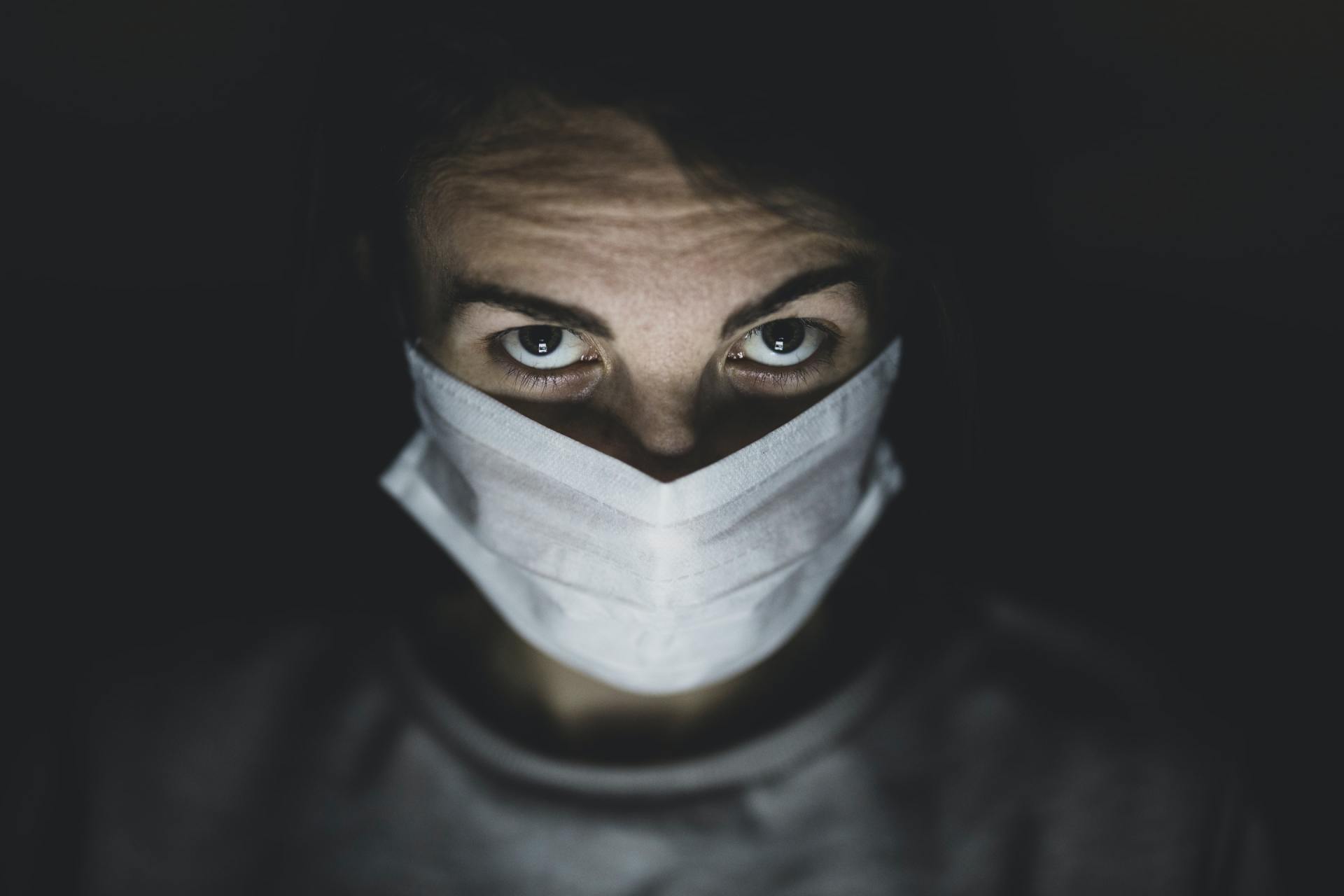
Countless research studies conducted over the last few decades have proved that there is a very strong relationship between sleep and immunity and that this relationship is bi-directional, meaning that both effect and can be affected by each other. Sleep feeds and fuels the immune system ensuring that it can act efficiently like an invisible suit of armour against infection. Without it, even for one night, we are stripped bare of protection and vulnerable to attack. If and when you do fall ill, the immune system recognises that it requires higher than usual levels of fuel and thus stimulates sleep. It is therefore not uncommon that when we are fighting off an infection our body demands more bed rest in order to continue to wage the war against the illness. In simplistic terms, when your body is infected with an illness, the first thing that needs to happen is that the infection is discovered and recognised by your immune system for what it is. Sleep enables the cells of your immune system to have better recognition and memory so that this first part of the immune response is as efficient and effective as possible. Once the infection has been recognised, the immune system triggers an inflammatory response to contain the infective cells. Interesting Point: This inflammatory response is what often causes heat during an infection, whether that be localised, as with a skin infection, or generally across the whole body, as with the flu. Once the infective cells have been recognised and contained, immune cells that are specifically known to be able to destroy them are produced and deployed. These cells are collectively called antibodies. We have a wide variety of different types of antibodies that fight off infection. One group of these is produced in the thymus gland and are called T cells. One way that doctors can determine whether or not your body is trying to fight an infection is to count the number of these cells in your bloodstream (your T cell count). The higher your T cell count, the more likely it is that you have an infection and that your immune system is aware of it and responding to it. However, if you have not slept well or for long enough it can have a significant impact on this immune response. The quantity of T cells found in the bloodstream is significantly reduced in those who have been deprived of good quality sleep (i.e. less than 7 hours). Poor quality or reduced quantity of sleep also reduces the ability of the T cells present to recognise and fight off infections. The implications of this effect were demonstrated well by a study in which two groups were deliberately given the virus responsible for the common cold. In the group who slept on average only five hours a night, 50% of them contracted the cold and suffered the usual symptoms. However, in the group who averaged seven or more hours sleep, the infection rate and display of symptoms was as low as 18% (Prather). The second aspect of immunity that sleep has a real effect on is vaccination. Given the current state of the world (this blog post was written during the second national COVID lockdown), I hope you are all well informed as to how vaccines work, but for anyone who has missed the recent media coverage of the topic, here is a brief, simplistic explanation. Vaccines work by invoking the same immune response described above. A small number of the infectious cells (or the cellular coding to produce them) is injected into your bloodstream but not in large enough quantities to make you sick. This means that your immune system can come into contact with the disease, identify it and begin to produce anti-bodies to defend yourself against it. Then, in the future, if you are unlucky enough to come across the infection again, your immune system is already primed and ready to fight it off. For a vaccination to be effective, all of the same circumstances that induce a good immune response in everyday life must also be in place both before and after the vaccine has been given. Therefore, lack of sleep can impact both good residual immunity and the protection offered by a vaccine. Due to the fact that sleep boosts the memory and recognising function of immune cells, they are more likely to remember what they are looking for in the infected cells and therefore develop a quicker more effective response if the recipient has had adequate good quality sleep. It is therefore recommended to get at least two full night’s sleep both before and after vaccination for the effects to be highest. The current figures being given in the news regarding the effectiveness of vaccines against COVID-19 are the best case scenario in a controlled laboratory environment. They do not take into account variables in individuals such as how well they have slept or how stressed they are either pre or post vaccine. In 2002 a study was carried out into the effectiveness of the flu vaccine and how sleep impacted on it. In this study, those without adequate sleep generated less than 50% of the immune response of those who slept well. Unfortunately this significant difference was maintained for as much as a whole year (by which time they would need another flu shot anyway) even if their sleep improved after the vaccination. This shows that the crucial factor is how well you are sleeping just before and just after your vaccination, not in general. The study concluded that negative health factors (including reduced quantity or quality of sleep) at the time of vaccination prevented sufficient antibody production, reduced the length of time the vaccine protected for and increased the severity or prolonged the existence of the vaccine’s negative side effects. “ No matter what immunological circumstance you find yourself in - be it preparation for receiving a vaccine to help boost immunity or mobilising a mighty adaptive immune response to defeat a viral attack - sleep, and a full night of it, is inviolable. ” (Walker, Wy We Sleep, 2017) I hope that this blog post has helped you to understand the link between how well we sleep and how effective our immune system is in fighting off infection. As we are still in the midst of a global pandemic, this information is currently invaluable. Hopefully we will all have access in the near future to a vaccine but it is important that we support the effectiveness of that vaccine by ensuring that we sleep well both before and after the jab. If you are struggling with your sleep and would like help and advice on how to improve it, please contact me now for more information on my sleep coaching programme. There are a number of other ways that we can support our immune system, including: Not smoking Eating a healthy, well-balanced diet Exercise (especially outdoors) Maintain a healthy weight Drinking alcohol only moderately Minimising stress We can also use the power of our minds to influence immunity via meditation, mindfulness or hypnosis. With this in mind, back in April 2020, I developed a hypnosis track specifically designed to boost not only your immunity but also the quality of your sleep. If you would like to download a copy of this track for free, contact me by clicking on the button below...
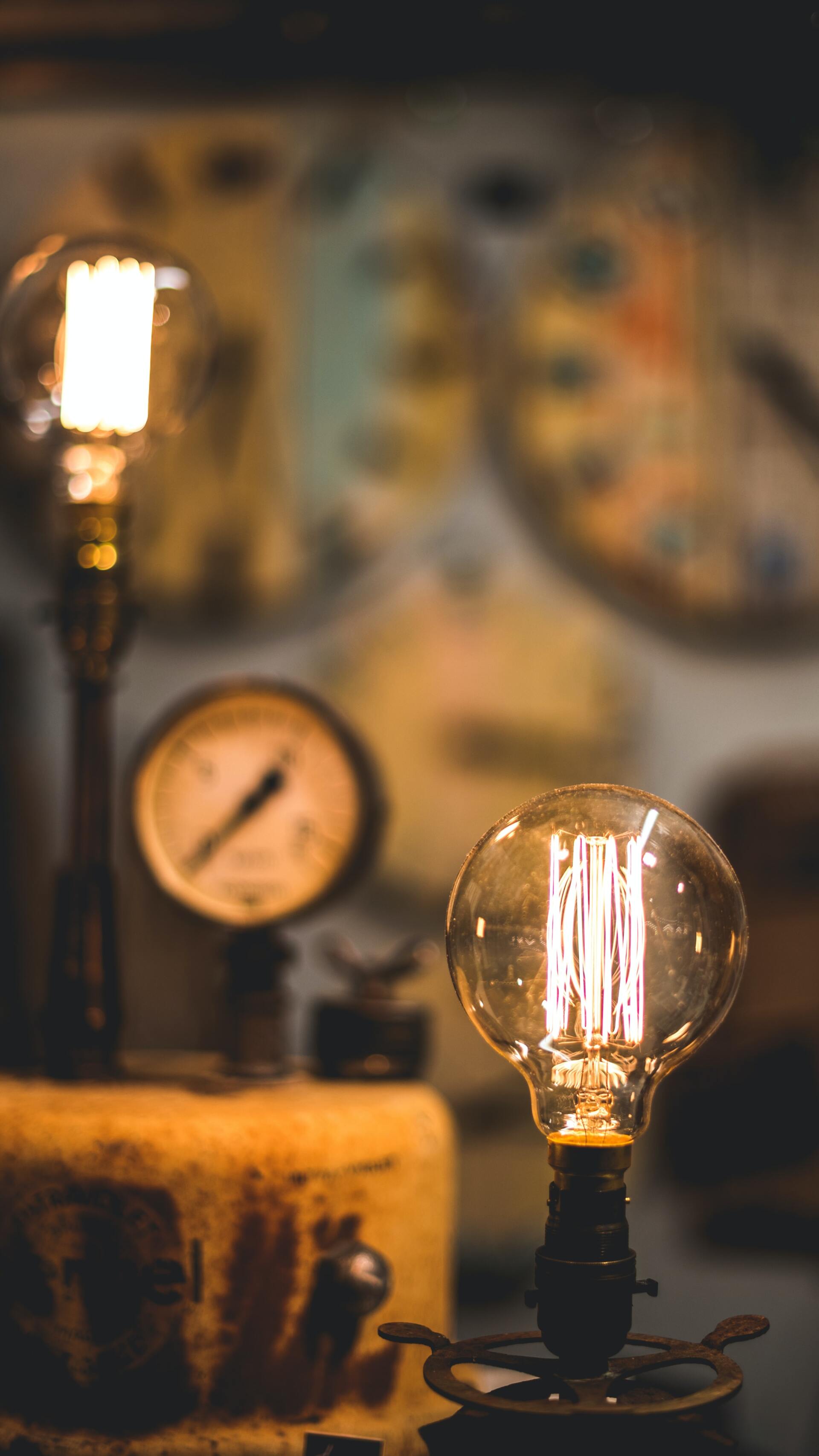
There are two main biological drives for sleep. The first (in no particular order), our circadian rhythm, has been explained in a previous blog post (see below for a link to this post). The second is called sleep pressure (also known as sleep drive or the sleep homeostat). This blog post is all about sleep pressure, how it works and how we can work with it to get the most from our night’s slumber. Interesting Point: “Sleep Pressure” is nothing to do with the pressure you put on yourself when you know you should be sleeping but you can’t. However, this kind of performance anxiety surrounding sleep can be a real problem. If you believe you suffer with this type of insomnia, please contact me for more information about how sleep coaching can help you. In simplistic terms, our circadian rhythm determines at what point in the day (when) we sleep and our sleep drive controls how much sleep we need. In this way, sleep is to sleep pressure what food is to hunger - it satiates an essential need within us. In terms of this same analogy, our circadian rhythm would be our regular daily meal times. We get our best, most balanced sleep when both of these biological drives align, i.e. when we are both driven to sleep because we are “hungry” for it and because it is our usual bedtime. One drive can over-rule the other, and when this happens the quality of our sleep tends to suffer as a result. Jet lag is a good example of when our circadian rhythm overrules our sleep pressure - it may be bedtime in our new time zone and we may have built up a lot of sleep pressure by spending a full 16 hours awake travelling, but we are wide awake and unable to sleep even in the dead of night. The reverse of this would be when we ignore high levels of sleep pressure, stay up all night studying or partying and build up so much sleep pressure that it allows us to fall asleep even in the middle of the following day. Sleep pressure is due to the build up in the brain of a chemical called adenosine. From the moment we wake up, the amount of adenosine within us increases hour on hour. When there are low levels of adenosine in the brain we feel alert. When adenosine levels are high, we feel sleepy. Therefore, the longer we are awake, the greater our drive/need/desire for sleep is, in the same way as the longer it is since we have eaten, the hungrier we are. If adenosine levels are very high, we can become disorientated, have hallucinations and experience micro-sleeps (when our eyes close and we fall asleep for a split-second). In most circumstances these tiny instances of sleep are harmless, but if they occur whilst you are driving they can be deadly. Micro-sleeps account for around 20% or one fifth of all road traffic accidents in the UK. During sleep your brain degrades and removes the day’s build up of adenosine. Therefore, when we have sufficient good quality sleep at the end of a day, we release all of that sleep pressure overnight and can begin again with a level of zero the next day. If we don’t have enough sleep or the sleep we get is not of a good quality, we only release some of that sleep pressure and retain the rest. This left over sleep pressure will then build up again during the day and roll over night after night, leaving you with chronic fatigue and all the health problems related to sleep deprivation. When we retain sleep pressure we wake up feeling tired, groggy and struggle to stay alert. On those days most people will reach for an extra dose of caffeine. This is because caffeine blocks the effects of adenosine on the brain meaning that you can continue to feel alert even with the presence of high levels of adenosine. In another blog we will take a deeper look into the sleep-damaging effects of caffeine and how easy it is to get caught in a “caffeine=sleep deprivation=more caffeine” cycle. As stated earlier, we obtain the longest good quality sleep when our circadian rhythm is in synch and we have sufficient sleep pressure. Apart from allowing ourselves enough time between rising and our next bedtime, we can also encourage the build up of sleep pressure by engaging in physical and mental activity. The more active we have been in a day, the greater our levels of adenosine and sleep pressure and therefore the more tired we feel. Imagine the difference in how quickly and easily we fall asleep after a full day of working in the garden or your first day on a new job, as opposed to a duvet day watching movies in your pyjamas. There is also a seemingly innocent habit that some people fall into that can have both positive and negative impacts on our levels of sleep pressure and how it affects us - napping. If you have not managed a full night’s sleep and are feeling tired during the day, you may feel better if you release the unusually high level of sleep pressure in your system by taking a short nap. In fact it has been shown that quick bursts of sleep can improve your concentration and productivity at work immensely. However, if you find it difficult to fall asleep at night or if you suffer with prolonged nighttime awakenings, napping during the day (and even falling asleep in front of the TV in the evening) may be contributing to this. By releasing your built up sleep pressure with a nap, it may be that you do not then build enough of it up again in order to feel sleepy at bedtime or to ensure that you fall into the deeper levels of sleep and achieve consistent slumber. Top Tip: If you do need to nap, ensure that you only sleep for a maximum of 20 minutes and that you are awake again at least 5 hours before your bedtime. Our bodies and brains are remarkable machines that work best when all of our systems are in balance and harmony. If you are struggling either to be alert during the day or asleep at night (or vice versa if you’re working night shifts) and would like some help to regain your balance, please contact me for more information on how sleep coaching could help you.
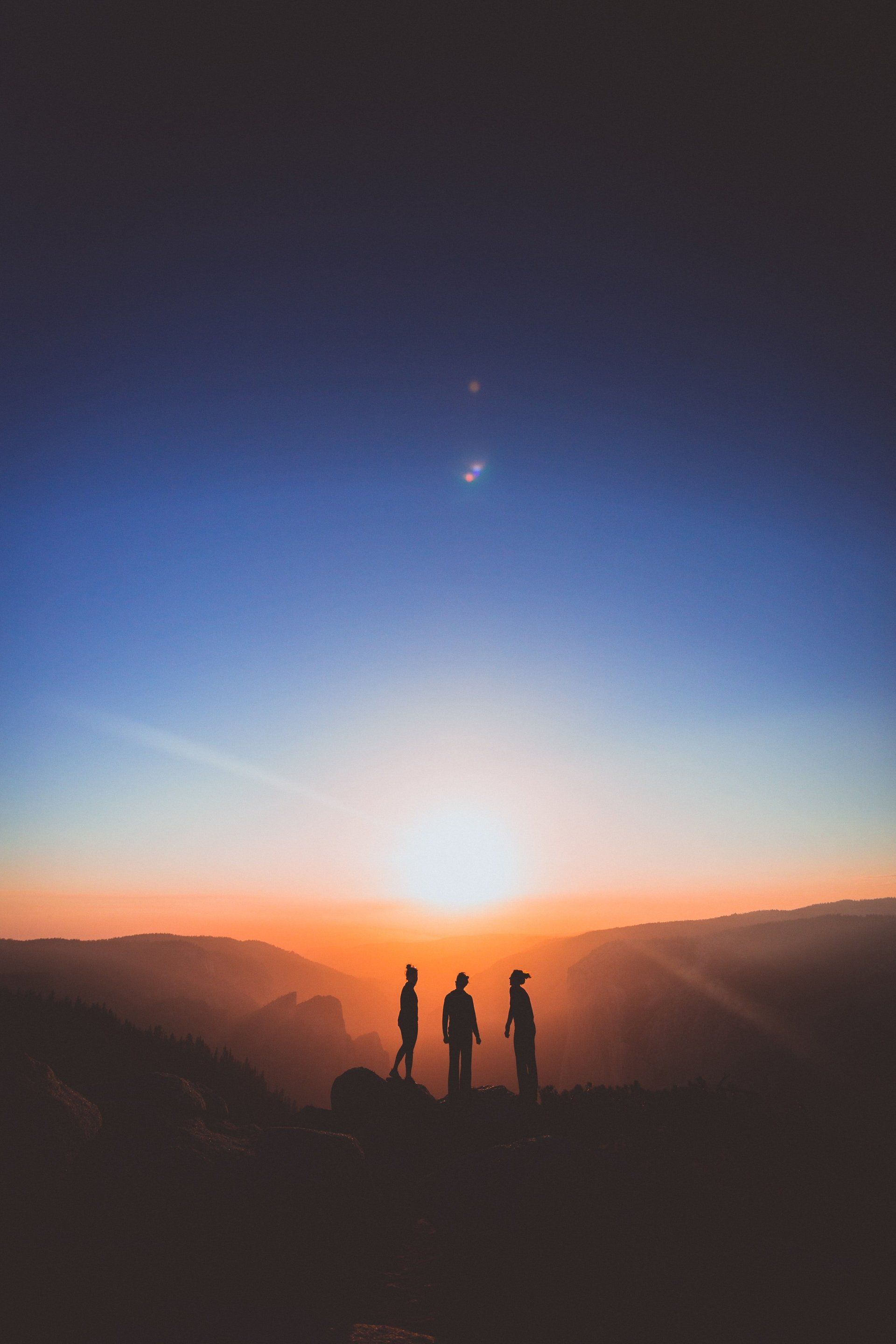
There are a number of different factors that determine when we sleep, for how long and what stages of sleep we go through. One of these factors is our circadian rhythm. This blog post details exactly what is meant by the term “circadian rhythm”, how it influences our sleep pattern and what can happen if it gets confused or knocked out of synch. There are many bodily functions that repeat in a rhythmical pattern (breathing, digestion, sleep, core body temperature, urine production, hormone secretion etc). When this pattern is (approximately) daily it is referred to as a circadian rhythm (‘circa' meaning about and ‘diem’ meaning a day, in Latin). Our sleep-wake cycle is one part of our circadian rhythm. The majority of living things, including humans, have an inbuilt body clock that is spookily good at keeping time. Not only is our body clock able to keep track of the passing of time but it is also sensitive to the many environmental time markers in our lives. These are cues such as social contacts, meal times, work schedules, exercise times and so on that enable our body clock to assume certain timings based on repeated incidences in the past of the same activity at approximately the same point in a day. The body clock, usually via the release of hormones, will then either stimulate the beginning or activate the ending of various bodily functions based on the time or the stage of our circadian rhythm we are currently in. Our circadian rhythm therefore controls when we feel sleepy and when we feel alert, but, crucially, it also influences the duration of our sleep and the likelihood of us entering specific sleep stages during that sleep. When we try to sleep at a time that our body does not recognise as being appropriate or normal, our sleep is usually compromised either in duration or depth. This explains why we are more likely to dream during a nap. We are not born with a fully developed body clock or circadian rhythm - it is only established during childhood (at approximately 6 months) with the development of an area of the brain called the suprachiasmatic nucleus. Prior to this, there is seemingly no rhythm at all, with newborn babies, eating and sleeping throughout the day and night. As the body clock develops and strengthens, more and more of our bodily functions become influenced by it and we settle into a rhythm based largely on the rise and fall of the sun. Unfortunately, as we get older, our body clock weakens again and this can lead to a loss or confusion of our circadian rhythm. Indeed, if there is degeneration of the the suprachiasmatic nucleus via a brain injury or illness, the sleep-wake cycle can become completely disturbed so that Alzheimer’s patients (for example) may become entirely nocturnal, suffering with insomnia at night and sleepiness during the day. The hormone that the healthy body clock uses to regulate the sleep-wake cycle aspect of the circadian rhythm is called melatonin. Melatonin does not in itself make you feel sleepy, but it is largely responsible for the ongoing regulation of our body clock. Melatonin is produced and released into the blood stream at varying rates throughout the day and night. During the day when levels of sunlight are at their highest, the pineal gland produces the least amount of melatonin. This production increases as the amount of light entering our eyes reduces. Light and the corresponding production of melatonin are the strongest influencers on our wake-sleep cycle. It is because of our sensitivity to light that we are naturally awake during the day and asleep at night. This relationship has been the cornerstone of the well-regulated human circadian rhythm for centuries. Having a really strong body clock and a regular circadian rhythm is essential in getting enough good-quality sleep at the most appropriate time - appropriate not only for optimum mental and physical health, but also in terms of your input into the social system you inhabit. Top Tip: If you need to stay awake/alert against your own normal rhythm, get as much light into your eyes as possible as late in the day. This will help to convince your brain that the sun is still up and sleep is still a number of hours away. We can strengthen our body clock and circadian rhythm by regulating ourselves and our lives into a strong routine. If we routinely do the same activities (including waking and sleeping) at approximately the same time every day then we are setting out very strong clues as to what time it is and what activity is coming next. This is why it is recommended to individuals that struggle with their sleep that they stick to a regular bedtime and awakening time, even at the weekends. Irregular sleep sched ules or frequent switches in bedtimes and arising times tend to desynchronise the circadian rhythm. This will be related to if you have ever overslept at the weekend trying to recoup some of the sleep you have lost during the week, only to find that you can’t sleep at all on Sunday night and your sleep is all over the place the following week. Top Tip: Sticking to a regular routine and bedtime, will give your body strong clues as to when sleep is due and will prompt it to start the wind down process subconsciously. This makes falling asleep and falling quickly into deep sleep much easier. Another way that our circadian rhythm can be confused is with the overuse of electric lighting at inappropriate times. Our eyes are not advanced enough to recognise the difference between natural sunlight and artificial light. If we replace the loss of sunlight at dusk with too much artificial light, our body clock may assume that the evening is still a long way off and not increase our melatonin production, leaving us still alert at bedtime and frustrated by insomnia. On the flip side of this, however, we can also use light exposure to help strengthen our body clock or to reset it when it has become out of synch. If we have taken a long haul flight and moved quickly between time zones we can often suffer with jet lag. Jet lag occurs when your body clock is still running to the time at home even when you are in a new destination. Shift workers whose working hours vary week on week are also prone to this confusion in their rhythm. By getting as much sunlight into their eyes as early in the morning as possible, the internal body clock can start to readjust itself to the new time schedule. It will take your body, on average, a day to readjust for every hour that it is out of sync. It is worth noting that no two people will have exactly the same circadian rhythm and that no one individual will stick to the same wake-sleep pattern throughout their whole life. Further information on how your circadian rhythm changes with age, is available in my blog posts on sleep and age but briefly, teenagers find that their rhythm shifts to a later schedule and older adults are more prone to an earlier shift in their wake-sleep cycle. Additionally, individuals have their own unique sleep pattern that tends to be genetically predetermined and not a conscious choice. About 40% of the population are what are commonly termed “morning larks”. “Larks” experience their peak wakefulness during the early morning and have a trough in energy and concentration in the early evening along with an earlier preferred bedtime. Conversely, “night owls” (about 30% of the population), are naturally programmed to stay alert later in the evening, have a preferred later bedtime and therefore require to sleep later in the morning. If “owls” do get up early, they do not function well at this time and take much longer to achieve peak wakefulness. The other 30% of the population sit somewhere between the two groups. Unfortunately for “night owls”, society is currently set up against them. “Owls” are typically sleep deprived because they find it difficult to fall asleep until the early hours of the morning but are then forced to get up, due to the demands of school or work, before obtaining sufficient sleep. “Owls” are therefore more likely to suffer with the various mental and physical illnesses associated with sleep deprivation. Presenting with similar but exaggerated symptoms, there are also a couple of disorders of the circadian rhythm, which are rare but worth noting: Delayed Sleep Phase Syndrome - individuals cannot get to sleep until the early hours of the morning or get out of bed much before midday. Advanced Sleep Phase Syndrome - individuals cannot stay awake in the early evening but wake up very early, i.e. 3am. Unlike “larks” and “owls”, circadian rhythm disorders are more than just a preference for a later or earlier bedtime; there is a mismatch between the body clock and the production and release of melatonin. These disorders are more common among those who have worked changing shift patterns over a long period of time or who take a lot of long haul flights and suffer regularly with jet lag. If you are concerned that you suffer with a circadian rhythm disorder, they are best identified by the regular completion of a sleep diary and discussion with a qualified sleep therapist. Both disorders can be treated with the help of a therapist, such as myself, by strictly, but gradually rescheduling your sleep times. Clearly our circadian rhythm can have profound effects not only on our ability to fall asleep, but also on how long we stay asleep and the quality of sleep that we obtain. If you would like help identifying which type of rhythm you have, tweaking your rhythm to better suit your lifestyle or learning how to strengthen your rhythm to help reduce insomnia, please contact me for more information on my sleep coaching programme.
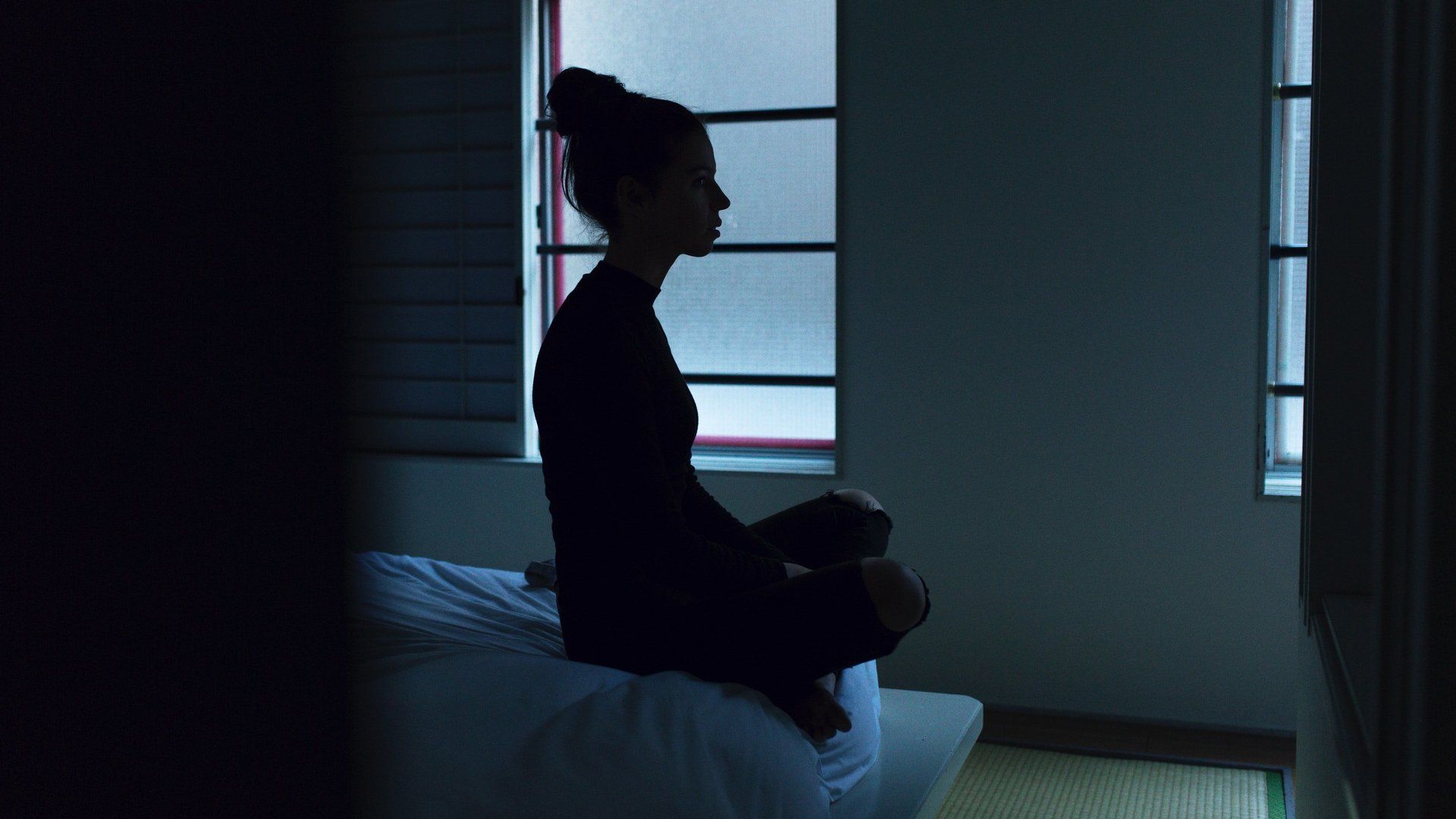
In the last blog we looked into the theory behind answering the question “Why do I always wake up at night?”. That post described how all humans sleep in a series of cycles throughout the night with short gaps of wakefulness in between. In this post we will look into how we can ensure that these gaps are as short and unnoticeable as possible so that we have the impression, at least, of having had a full, deep night’s sleep without interruption. In my last blog post, I stated that although all humans sleep in exactly the same way with the same movement between light sleep, deep sleep and wakefulness, there can be a marked difference in how people perceive their sleep. Individuals who rate themselves as “good” sleepers, tend to spend less time in the lighter levels of sleep (stages 1 and 2), do not return to full consciousness between sleep cycles and if they do, do not pay much attention to them, falling back into sleep quickly and easily. You will often find that these individuals have a high awakening threshold (they are not disturbed from sleep easily) and do not remember their dreams or believe that they do not dream at all. REM sleep is still taking place at the end of each sleep cycle but there has not been enough consciousness to move information about the dream into their memory. Conversely, individuals who believe themselves to be “poor” sleepers who wake up often, tend to spend less time in the deeper levels of sleep (stages 3 and 4). Spending more time in the lighter levels of sleep increases your chances of being disturbed (or your awakening threshold) which can lighten your sleep level further or bring you back to full consciousness. Such disturbance can come from external sources, i.e. noise, movement of your bed partner, light levels etc, or from within, i.e. pain, intrusive thoughts, stress levels, hormones etc. An individual’s perception of their sleep will often vary between “good” and “poor” from night to night, week to week, during episodes of stress and, as discussed in the last series of posts, across different age groups. There is not a single person who sleeps well every single night - we all experience some good and some not so good nights - and later in this post we will come back to how to minimise both the internal and external causes of sleep disturbance so that we can obtain the most consistent night available to us. Firstly, however, it is important to understand that it is not the waking up overnight per se that causes us the problem with our sleep but the way that we react to these natural gaps between our sleep cycles. If we accept short bursts of wakefulness as a normal part of our sleep pattern then, even if we are aware of them happening, they do not cause us any anxiety and we find that we can drift back into the next sleep cycle effortlessly. However, if we are of the opinion that these gaps in our sleep are evidence of us being “poor” sleepers or experiencing a “bad” night’s sleep then our response to them will not only be more negative but will also wake us up more, making it harder for us to drift back off and therefore creating a self-fulfilling prophecy. To explain this further, imagine what usually happens when you find yourself awake in the middle of the night. The standard response is to roll over, check what time it is and then to do these three things in your mind…. Start to panic that you will not be able to fall asleep again and that you will subsequently feel like rubbish the following day. Begin to get angry at yourself for being a “bad” sleeper or think that there is something wrong with you (especially if you wake up at the same time every night) Try too hard to fall back to sleep again All three of these mental processes will cause you to wake up further and have more difficulty getting back to sleep. Add on top of that the brain’s natural reaction on waking to check in with your bladder and it is easy to see how very innocent periods of wakefulness can lead to extended periods of angst and insomnia. Top Tip: If you do find yourself awake during the night, try not to look at the clock as knowing what time it is will kickstart your brain and wake you up even further. Apart from learning to chill out about waking up, what else can we do to ensure that we are not disturbed overnight. These strategies are what is commonly called “sleep hygiene”. They focus on helping you fall more rapidly into a deep level of sleep and stay there for as long as possible, minimising the chances of waking up from the lighter levels of sleep. These include: Having a strong circadian rhythm (sticking to a routine both day and night). Keeping your bedroom as quiet and as dark as possible. Sleeping in a room that is between 16 and 18 degrees centigrade. Sleeping without any residual caffeine, alcohol or nicotine in your system. Building up a good amount of sleep pressure (through time, mental and physical activity). Feeling safe and relaxed enough within your environment and with whatever is on your mind. Adhering to strong sleep hygiene will not mean that you will not still wake up between the end of one sleep cycle and the start of the next, but it will help those gaps to be shorter and less intrusive. Interesting Point: If you find that you wake up at the same time every night you should congratulate yourself for sticking to a healthy bedtime routine. If we fall asleep at the same time every night it stands to reason that the gaps in our sleep cycles will also be at the same times. As discussed in my blog posts relating to how sleep changes with age, it is worth noting that adults experience more and more fragmented sleep as we age. Our ability to enter into and stay in the deep levels of sleep gradually decreases after the age of 25 and so the amount of time that older adults spend awake overnight significantly increases. Below is a series of sleep graphs that illustrate the differences between the sleep cycles of different age groups. As you can see, the spikes in the graphs, where a return to full consciousness is achieved, become more frequent and potentially more obvious the older we get and the further through the night we go.

From babies that sleep most of the day, toddlers that need an afternoon nap, teenagers that sleep like the dead and adults that rarely sleep at all, most of us are aware that the length, depth and quality of our sleep changes dramatically throughout our lives. This blog post is the last in a series aimed at giving you a deeper understanding into what is going on at each age and why, and is about how we sleep in old age. Both anecdotal and research evidence supports the fact that we are far more likely to experience sleep-related problems later in life, but why is this the case and can we do anything to improve our sleep past the age of retirement? Sleep issues tend to be more prevalent in older adults for a number of reasons, some directly related to the process of sleeping and the structure of that sleep and others related to influential factors that are more related to ageing than to sleep itself. In order to gain all of the positive health benefits and feel refreshed after sleep, all humans need to spend at least some of their time asleep in the stage termed deep non-REM. Entry into this level of sleep is determined by the production of powerful brainwaves generated by a specific section of the brain. However, our ability to produce these brainwaves and therefore to enter into and, more importantly, to maintain deep NREM sleep reduces year on year after the age of 25, so that an older adult spends 80-90% less time in deep sleep than a teenager. This means that older people experience their sleep as being more fragmented than before; they wake up more often overnight and are disturbed more easily by noise, mental activity (intrusive thoughts) or physical sensations such as pain, temperature changes, bladder urgency etc. It also means that older adults spend more time in lighter levels of sleep and may report feeling unrested even if their sleep has been consistent. Interestingly, this decline in satisfaction with sleep is usually an unconscious effect - we have a tendency to attribute our low mood, physical ailments and decreased energy levels on other health conditions and fail to associate them with poor sleep quality. It is a common misconception that older adults do not need as much sleep as their younger relatives. In reality, the longer and better quality your sleep is at this age determines not only your longevity but also your quality of life. It is not that sleep is needed less, but that it is just less able to be achieved. As at any other stage in life, not getting enough good quality sleep often results in daytime fatigue and it is not uncommon for older adults to make up for what they have lost overnight with a nap during the day. In addition, as we progress through life, our internal body clock (circadian rhythm) that signals to us when we should be awake and asleep, shifts slightly earlier, so that we have a tendency to struggle to stay awake earlier and earlier in the evening and then find ourselves awake (but possibly not rested) earlier and earlier in the morning. This shift and the return to biphasic sleeping (sleeping in two phases) is completely natural and is a globally recognised phenomena. It also marks a return to how we sleep as young children, which is interesting to note if you believe that life is a circle. Add into all of this the other age-related factors that influence sleep, for example, medical conditions and the medications taken for them, stress, hormonal fluctuations, and lifestyle factors such as diet, exercise, smoking and alcohol use, and it is not difficult to understand why sleep issues are more prevalent in older adults. The last possible influential factor on the inability of older adults to sleep is related to the amount of sleep pressure they build up during the day. I will explain more about sleep pressure in another blog post, but simply put, it works in very much the same way as hunger - steadily increases over time from the last time that you ate/slept and is increased by both physical and mental activity. There is an argument (albeit a contentious one) that older adults, particularly those in their retirement, are not as physically or mentally active as their younger relatives and are therefore not as “hungry” for sleep. Now I can imagine a few people currently shouting at the screen that they or their retired relatives are just as or even far more active now than they were in earlier life, but these individuals are more likely to be the exception rather than the rule. You may also find that these individuals do not have any issues with their sleep but do let me know if you disagree. Unfortunately, the instinctive reactions to experiencing increasingly fragmented, un-refreshing sleep can often make the situation worse. Daytime napping (including falling asleep in front of the TV!) may enable us to supplement shorter overnight sleep, but may also cause the body’s natural drive for sleep at night (sleep pressure) to decrease, exacerbating the problem in the long run. Going to bed earlier in an attempt to sleep more will only cause you to spend more time awake in bed, creating a negative mental association between your bed and the stress and worry of not being able to sleep. Probably the biggest block to sleep that we develop with age is related to the automatic nature of sleep. The transition into sleep is a completely natural process that becomes more difficult the more we think about it (in a similar way to driving a car or dancing). Once we have experienced an issue with our sleep, we can then begin to try too hard and the effort of doing so may well then prevent us from sleeping. In the long-term, if we continue to try and fail to sleep well our self-confidence in our ability to sleep is then also undermined setting up a negative loop in which it is too easy to get caught. So what can we do to improve our sleep in later life. My first recommendation is to come to terms with the fact that you will never sleep in the same way that you did as a teenager or young adult and to accept that this is not your fault. No one, regardless of age, sleeps well every single night and there will always be some nights that are better than others, but worrying about your sleep will only make matters worse. Try to stick to a routine as much as possible, practice good sleep hygiene and if you must nap during the day, take your nap as early as possible. Lastly, if you are ever in bed and you are not asleep, get up and do something else. Never try to force yourself to sleep.
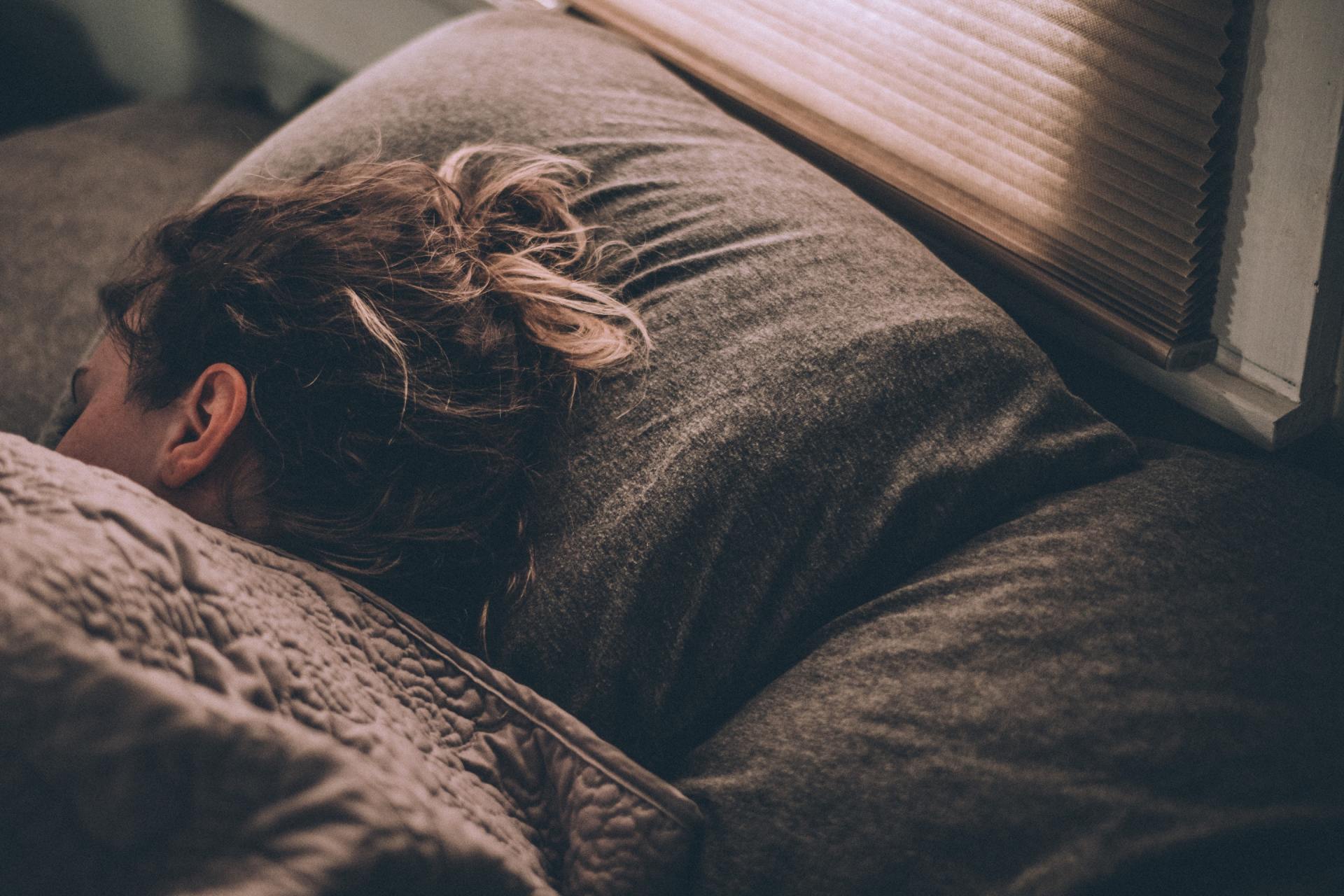
From babies that sleep most of the day, toddlers that need an afternoon nap, teenagers that sleep like the dead and adults that rarely sleep at all, most of us are aware that the length, depth and quality of our sleep changes dramatically throughout our lives. This blog post is the penultimate in a series aimed at giving you a deeper understanding into what is going on at each age and why. This post is about how we sleep during our adult years - post-teen and pre-elderly. To write about sleep in early adulthood and mid-life is to talk about sleep in general. When researchers are looking into the subject of sleep they will study this age range as the baseline and then look at how other ages relate to it. Therefore, this post will be shorter than the others in this series as I will expand on most of the points made here in other subsequent posts. By the time we reach our twenties and our hormones have settled back down, our sleeping patterns also mature and stabilise. At this point our circadian rhythm or internal body clock is fully established and our brains have switched from focusing on growth and development to a period of steady maintenance. Most adults require between 7 and 9 hours of sleep each night and this is split into 20% REM and 80% non-REM. More significantly, the amount of time that we spend in deep NREM sleep, which is so important in children and teenagers, starts to reduce midway through our twenties and becomes less and less the older we get. This lack of deep sleep means that we are more easily disturbed during the night and more likely to notice the periods of wakefulness between our sleep cycles. And, once we notice that our sleep isn’t as good as it was previously, we lose the automatic element of it and start to try harder, opening a whole Pandora’s box of performance anxiety and sleep related angst. Women also have the added bonus (!) of monthly hormonal fluctuations which can interfere with their core body temperature and therefore their ability to sleep. In addition, pregnant women have their sleep patterns disturbed again, firstly by pregnancy hormones and then by their newborn baby and night feeds. I will write more about both of these subjects in other blog posts. Probably the biggest threat to our sleep at this stage in our lives is our lifestyle, wellbeing and mental health. Many people get so caught up in living their lives that they forget how important sleep is and simply fail to allocate enough time to it. Sleep deprivation, as this is known, is simply not allowing yourself enough time to sleep, usually because other activities have been prioritised above it (Netflix has a lot to answer for!). This is completely different to insomnia, which is giving yourself enough time to sleep but not being able to achieve it. Sleep deprivation in adults is a major health concern across the globe. Stress can also play a major role in messing with your sleep as an adult. Arguably, the most stressful period of your life is the time that you are responsibly holding down a job (potentially working shifts and / or unsociable hours) in order to pay a mortgage and keep a roof over your head. Add onto this the stress of bringing up children and potentially also caring for elderly parents and - hey presto! - stress levels are through the roof. When we are stressed and have a lot of things on our minds, we often find that easing ourselves into sleep becomes more difficult and staying asleep even harder. Other lifestyle factors such as caffeine, alcohol, diet and exercise have huge impacts on our sleep too. We may also have developed health conditions which can impact directly on our sleep or may require medications which disrupt normal sleeping patterns. I will look into all of these in more detail in other blog posts. If you have related to any of the negative issues in this blog and you are wondering if there is any hope for your sleep in the future, please don’t despair. Sleep coaching can tackle the majority of sleep-related issues and improve them. If you would like to learn more about sleep coaching, simply follow the link below for more details My next blog will be the last in this series and will look at how sleep changes in old age.

